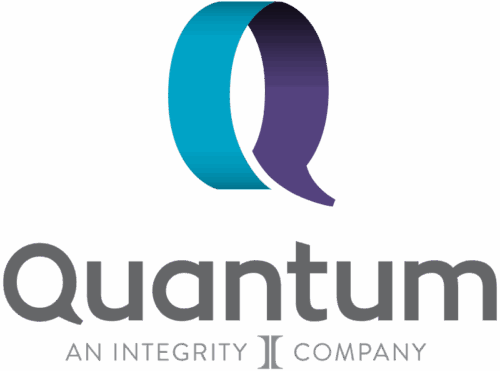On December 29, 2022, the Fiscal Year 2023 (FY23) Omnibus Appropriations Act—which contained both the SECURE 2.0 Act and the RILA Act—was signed by President Biden.
At 358 pages and with 92 separate provisions, SECURE Act 2.0 will affect most plan sponsors / employers as well as employees who participate in workplace retirement plans. Experts are still analyzing the changes, and clarifications are expected from several regulatory agencies in upcoming months.
Here are just a few of the provisions which will apply for 2023:
- Effective January 1, 2023, the RMD age will be raised from 72 to 73, with a subsequent increase to age 75 to be effective January 1, 2033. Ed Slott recommends using this quick guide: “Use age 72 if born in 1950 or earlier (before 2020 the age was 70 ½); Use age 73 if born 1951-1959; Use age 75 if born 1960 or later.” Anyone already taking RMDs must continue.
- Effective January 1, 2023, the individual tax penalty for failure to take the RMD will be reduced from 50% to 25%, and possibly to 10% if the RMD is “timely corrected.” “Timely” generally means corrected / taken within two years.
- Effective December 29, 2022, the amount that can be excluded from RMD rules is expanded if used to purchase qualified longevity annuity contracts. QLACs purchases are no longer limited to 25% of assets; the purchase limit is now $200,000, which will be adjusted for inflation.
- In 2023, participants age 50 and older can contribute an extra $7,500 per year in catch-up contributions annually into their pre-tax retirement accounts, and the extra contributions allowed for those 50+ will be increased annually for inflation starting in 2024.
- Effective December 29, 2022, employers can give plan participants the option to receive employer matching contributions on a Roth (after-tax) basis. The amount of the contribution will be added to the participant’s gross income, so income taxes will be owed on the employer match, but the amount won’t be subject to FICA employment taxes.
- Effective January 1, 2023, employers will be allowed to offer immediate financial incentives (such as gift cards) to encourage employees to join retirement plans.
A few of the SECURE Act provisions that will apply in the future include:
- Effective January 1, 2024, all catch-up contributions to qualified retirement plans by highly paid participants must be made on a Roth (after-tax) basis. This applies to those with more than $145,000 in wages in 2023.
- Effective January 1, 2024, employers can offer individuals the option to pay down a student loan instead of contributing to a 401(k) plan and still receive an employer match in their retirement plan.
- After 2023, employees can take up to $2,500 per year in distributions from their plan to pay for long-term care insurance, including standalone as well as hybrid life and annuity insurance contracts. While there are no tax penalties, income tax will be due on amounts withdrawn to pay for LTC insurance premiums.
- Effective January 1, 2024, plan sponsors can offer non-highly compensated employees an emergency savings account, auto-enrolling employees at no more than 3% of compensation, with a $2,500 cap.
- Starting in 2025, most businesses will be required to automatically enroll employees in group retirement plans, with employees contributing between 3% and 10% of their wages. (Employees will still have the option of opting-out.) Each year, the contribution will increase by 1% until it reaches at least 10% (although not more than 15%). For workers earning less than $71,000 per year, the federal government will provide a 50% match up to $2,000 in employee cash contributions, which means the government will provide a maximum of $1,000 deposited directly into retirement accounts. Part-time employees can participate in a company retirement plan if they work with their employer for one year with 1,000 hours of service or two consecutive years with at least 500 hours of service per year.
- Starting in 2025, the catch-up contribution amount for participants age 60 to 63 will increase to $10,000 per year and will be indexed for inflation.
The information provided in this article is for general purposes only. While it has been researched and is accurate to best of our knowledge, it is not comprehensive. New facts and clarifications are expected from many government agencies, and this information should not be relied upon for financial or tax advice.
Sources:
https://www.journalofaccountancy.com/news/2023/jan/key-tax-retirement-provisions-secure-2-act.html
https://www.thinkadvisor.com/2023/01/06/jeff-levine-answers-secure-2-0-tax-questions-from-advisors/
https://www.thinkadvisor.com/2023/01/11/will-secure-2-0-increase-long-term-care-insurance-sales/
A natural coach and leader with 20 years in the industry, Jim uses his vast experience to deliver the most successful strategies to our advisors.



